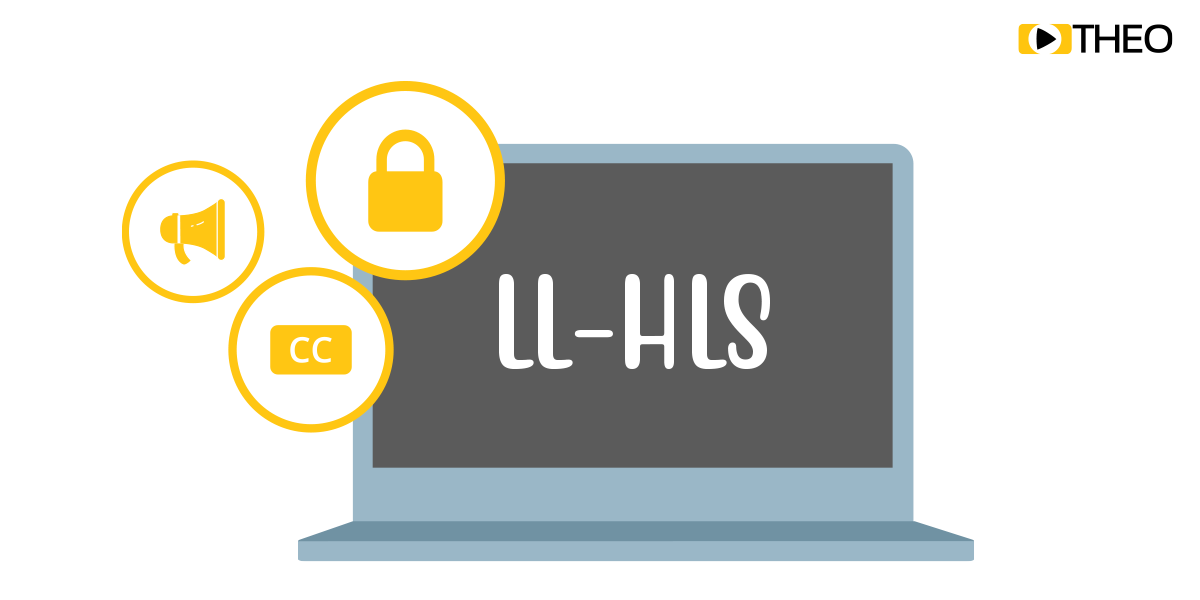LL-HLS Series: Implementing LL-HLS with ABR, Subtitles, DRM and SSAI
by THEOplayer on September 1, 2020
In our previous blog posts we have discussed a number of different topics regarding Apple’s Low Latency HLS (LL-HLS) such as its main use cases and how to implement and configure it in an end-to-end solution. We also discussed how LL-HLS has evolved, and how those changes have impacte …
LL-HLS Series: Implementing LL-HLS Today
by THEOplayer on July 9, 2020
In previous blogs we’ve covered how the LL-HLS spec has evolved and changed, as well as how it actually works. In this blog we want to discuss how the end-to-end solution would look, which use case the spec suits best and what THEO recommends for LL-HLS implementation.
LL-HLS Series: How Does LL-HLS Work?
by THEOplayer on June 30, 2020
To provide online video at scale, we use HTTP Adaptive Streaming Protocols such as HLS or MPEG-DASH, which are both extremely popular. In this article, we will provide some insights on how Apple’s Low Latency HLS (or LL-HLS) works.
LL-HLS Series: The Evolution of LL-HLS
by THEOplayer on June 16, 2020
HTTP Live Streaming, or HLS, was initially created and released by Apple in 2009 to solve the problems of scaling. The HLS protocol has become one of the most popular protocols used today, and is widely supported. It’s biggest disadvantage, as with other similar HTTP based streaming p …
THEO Launches Resources
by THEOplayer on December 5, 2019
THEO's Resources is a collection of video-related content for those keen to learn more about all things video. The content is suitable for beginners to industry professionals, with insights into the latest industry topics and developments.
Meet THEO at Streaming Media West 2019
by THEOplayer on October 29, 2019
Streaming Media West is quickly approaching on the 19th _ 20th November 2019 in Los Angeles, CA, US. Our THEO experts will be there, and are looking forward to meeting you soon.
HESP: Comparing Zapping Times
by THEOplayer on September 26, 2019
With the introduction of digital television, zapping between different channels becomes noticeable. Where zapping between channels on an analogue television took only a few milliseconds, switching between digital channels could add up to a few seconds. Zapping times have been improved …
High Efficiency Streaming Protocol : Bandwidth Usage
by Steven Tielemans on September 5, 2019
We compared the streaming bandwidth between the HESP and CMAF-CTE streams from the test setup. Bandwidths were measured when delivered to the client by measuring the total amount of data transfered over a period of 10 minutes for a live channel distributing a few different types of co …
High Efficiency Streaming Protocol : End-to-end latency compared
by Steven Tielemans on September 4, 2019
In order to compare latency achievements of the HESP protocol, we designed a test scenario where HESP is compared with CMAF-CTE, using the same encoding settings, and a selected set of chunk and segment sizes for the CMAF setup (meaning a changing GOP size).
What is the High Efficiency Streaming Protocol (HESP) and why does the video industry need it?
by Steven Tielemans on August 28, 2019
The media industry is constantly pushing to innovate in order to improve viewer experience in an attempt to attract and tie customers to their service. This is however hampered by technical hurdles like high- latency, mind boggling video start times and bandwidth constraints. With the …











